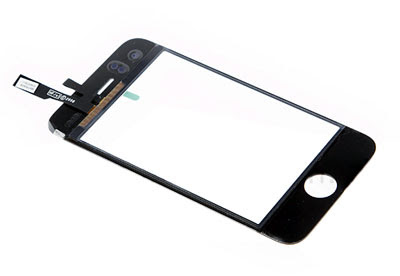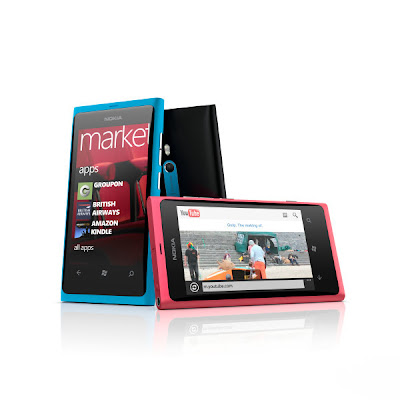
Google has updated satellite and aerial imagery in Google Maps for quite a few locations. There is new high-resolution satellite imagery in more than 100 countries as well as aerial images in the US and a few elsewhere.
If you've got photographic memory or the update just happens to be for a place you check out a lot or recently, you may be able to spot the changes in Google Maps and Google Earth, but don't beat yourself up if you don't.
Even though there is new imagery for pretty much every corner of the Earth, the update is a usual one covering only a portion of the planet's surface, all of which is available in Google Maps.
To check out exactly where the new images are, you can download the KML file provided for Google...



 4/20/2012 10:25:00 PM
4/20/2012 10:25:00 PM
 dannzfay
dannzfay





























